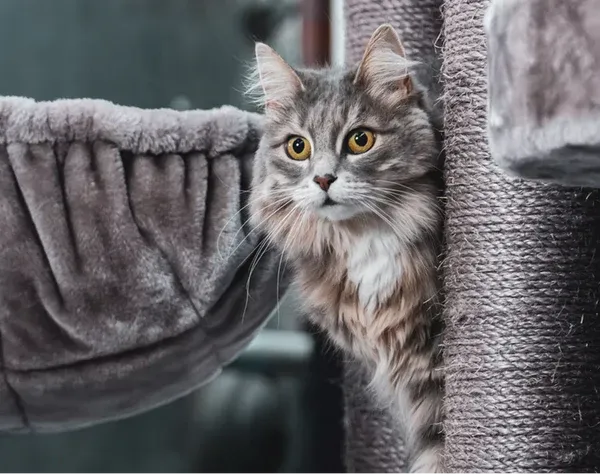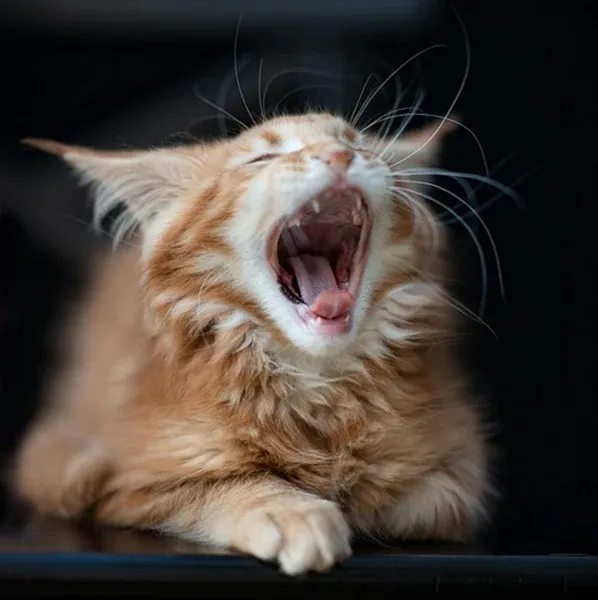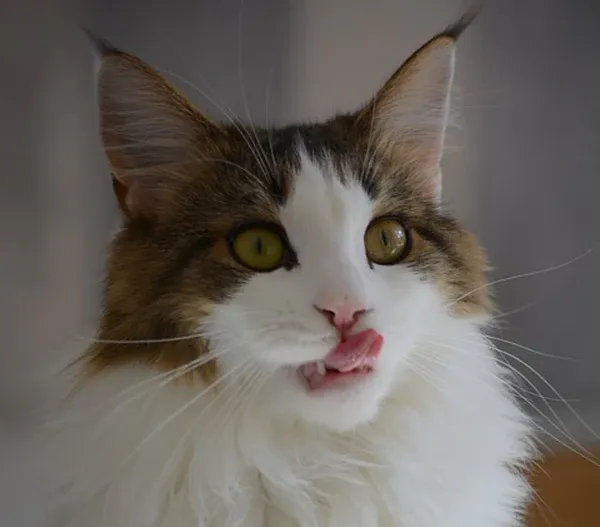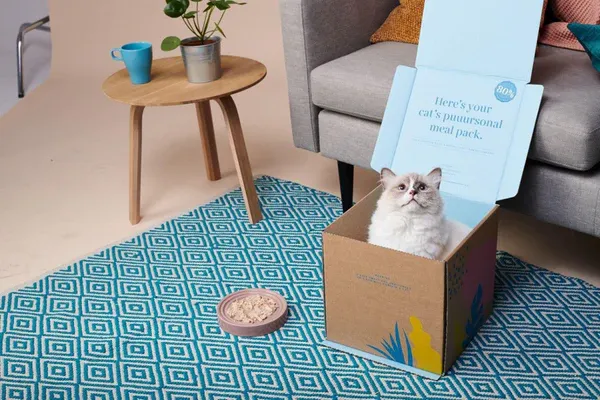Maine Coon cats are renowned for their majestic, long coats that not only enhance their striking appearance but also provide vital protection for their skin. These gentle giants, often called “friendly giants” among cat breeds, require dedicated grooming to maintain their luxurious fur and overall well-being. Proper Maine Coon Grooming prevents matting, reduces shedding, and promotes a shiny, healthy coat, ensuring your feline friend stays comfortable and happy.
For owners of unique Maine Coon variants like the orange and white Maine Coon, starting a grooming routine early is key to bonding and health.
Why Is Grooming Essential for Maine Coon Cats?
Maine Coons’ thick undercoats make self-grooming challenging, as they can only reach the outer layers effectively. Without regular human assistance, the undercoat mats, traps dirt, and pulls on the skin, leading to irritation, rashes, or infections. These issues not only look unkempt but can cause significant discomfort for your cat.
Veterinarians emphasize that consistent grooming supports skin health and prevents painful conditions. According to the American Veterinary Medical Association (AVMA), poor coat maintenance in long-haired breeds correlates with higher risks of dermatitis.
 A Maine Coon cat enjoying a grooming session with relaxed eyes
A Maine Coon cat enjoying a grooming session with relaxed eyes
Step-by-Step Maine Coon Grooming Routine
A comprehensive Maine Coon grooming plan includes brushing, nail care, dental hygiene, and occasional bathing. Follow this routine 2-3 times weekly for optimal results, adjusting for seasonal shedding.
Brushing Your Maine Coon
Brush your Maine Coon 2-3 times per week to remove loose hair, dander, and prevent tangles. This is especially crucial in winter when their coat thickens, increasing matting risks. Use a soft-bristled brush to avoid skin scratches—steel combs can cause micro-tears, making future sessions stressful.
Start from the head, working back gently, rewarding with praise or treats. Regular brushing distributes natural oils, enhancing coat shine and reducing hairballs.
 Maine Coon cat dozing peacefully during a brushing session
Maine Coon cat dozing peacefully during a brushing session
For Maine Coon short hair variations, less frequent brushing suffices, but the technique remains the same.
Trimming Claws Safely
Indoor Maine Coons develop overgrown claws without natural wear. Trim only the sharp tips to avoid the quick (pink area with nerves and blood vessels). Tools include:
| Tool | Usage Tips |
|---|---|
| Clippers | Cut small tips only; use styptic powder if bleeding occurs. |
| Grinder | Buff gently for smooth edges; quieter for anxious cats. |
| File | Finish after clipping; ideal for precision without noise. |
Provide scratching posts to naturally file claws and spare your furniture. Professional groomers handle this if your cat resists.
Maintaining Dental Health
Daily tooth brushing with cat-safe toothpaste prevents plaque buildup, which can lead to heart and kidney issues via bacterial spread. Pair with dental chews or vet-recommended diets. Neglect here affects not just teeth but systemic health, per studies from the Journal of Veterinary Dentistry.
Bathing Basics
Maine Coons often tolerate water better than other breeds. Bathe monthly using feline-specific shampoo to remove mats and debris—human products disrupt pH balance. Rinse thoroughly to avoid residue irritation. For dirt emergencies like skunk spray, bathe immediately.
Handling a Fussy Maine Coon During Grooming
Even sociable Maine Coons have off days. Train from kittenhood with short, positive sessions, using treats for compliance. Consistency builds trust—stick to a schedule to minimize stress.
For playful blue tabby Maine Coon personalities, incorporate toys to distract during grooming.
 A young Maine Coon kitten looking surprised during bath time
A young Maine Coon kitten looking surprised during bath time
Understanding Maine Coon Shedding Patterns
Shedding varies by genetics, diet, health, and season—denser coats in winter, heavier spring sheddings. Indoor cats shed steadily; monitor for excessive loss signaling allergies, thyroid issues, or poor nutrition.
Distinguish normal shedding from hair loss: sudden increases warrant a vet visit. Factors like Maine Coon red tabby coat density influence volume.
Shaving is rarely advised—the coat insulates and protects. Opt for de-matting sprays or professional help instead.
Nutrition’s Role in Maine Coon Coat Health
Diet profoundly impacts coat quality. Prioritize animal-based proteins (over 50% of calories) and fats for essential amino acids like taurine, promoting hair growth and skin repair.
| Protein Source | Biological Value |
|---|---|
| Chicken, salmon, beef | 88-98% |
| Plant proteins | 45-68% |
Omega fatty acids from fish oils reduce inflammation and enhance shine. Avoid grains, sugars, and fillers that dull coats or trigger allergies.
High-protein wet foods mimic wild diets, minimizing shedding. Consult vets for personalized plans, especially for Maine Coon water intake alongside hydration.
 Maine Coon cat eyeing salmon eagerly with focused gaze
Maine Coon cat eyeing salmon eagerly with focused gaze
Steer clear of toxic foods like onions, chocolate, or excessive carbs, which exacerbate shedding.
Conclusion: Achieve a Luscious Maine Coon Coat
Mastering Maine Coon grooming through regular brushing, nail care, dental routines, and balanced nutrition keeps your cat’s coat pristine and health optimal. Early habits prevent issues, fostering a stronger bond.
Schedule vet check-ups for tailored advice, and explore more on our site for Maine Coon care tips.
 Maine Coon with a sleek, glossy coat from proper nutrition and grooming
Maine Coon with a sleek, glossy coat from proper nutrition and grooming
References
- American Veterinary Medical Association (AVMA): Cat Grooming Guidelines
- Journal of Feline Medicine and Surgery: Nutrition and Coat Health
- Cat Fanciers’ Association: Maine Coon Breed Standards
